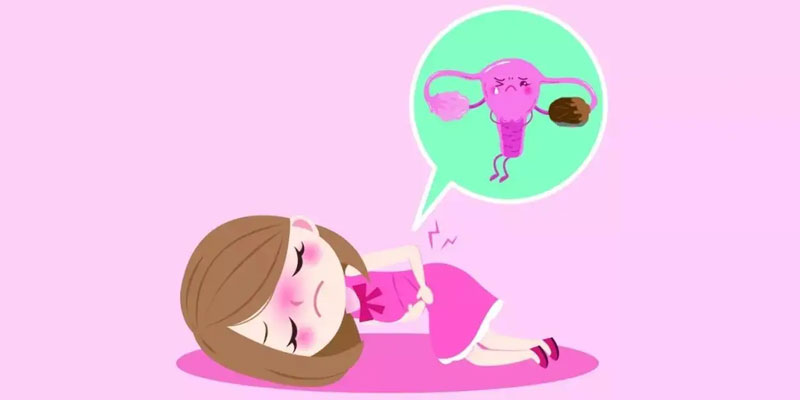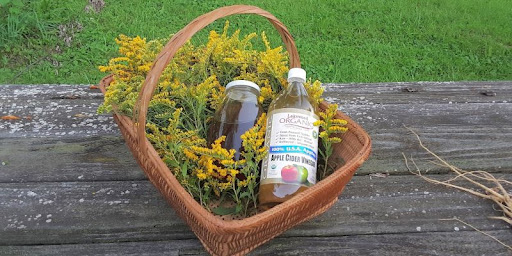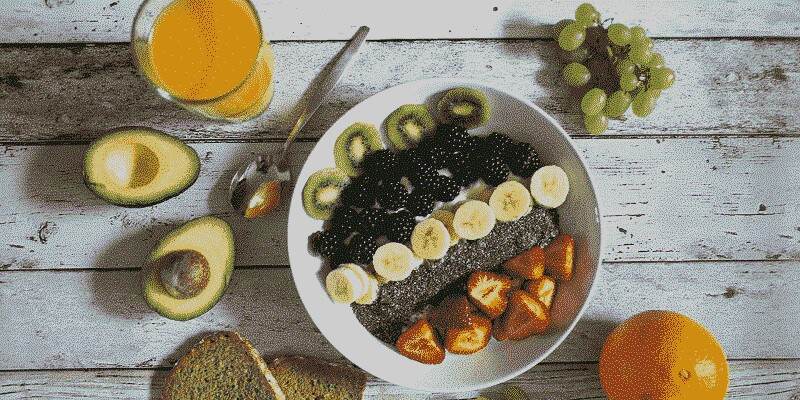Eat Your Way to Sunshine: Vitamin D-rich Foods and Yummy Ways to Have Them
Feb 08, 2024
It's called the "sunshine vitamin" for a reason. Vitamin D is a superstar nutrient that has a huge role in keeping our bones healthy, supporting our immune system, and ensuring our body functions optimally. But did you know that, aside from catching some rays, you can also get this vitamin from foods? Let's delve into the world of whole foods vitamin d and find out the best sources and creative ways to weave them into your daily meals.
Why Vitamin D?
Before we head to our grocery lists, it's essential to understand why Vitamin D is a non-negotiable nutrient:
- Bone Health: Vitamin D helps in calcium absorption, ensuring our bones and teeth remain robust.
- Mood Booster: It can have a positive impact on our mood and ward off depression.
- Immune System Support: This vitamin fortifies our immune system, helping fend off illnesses.
Whole Foods with Vitamin D: The List
- Fatty Fish: Think salmon, mackerel, sardines, and tuna.
- Egg Yolks: The yellow center of eggs is a great source.
- Mushrooms: While they provide a different type of Vitamin D, they're still a valuable source.
- Fortified Foods: Dairy products, orange juice, and cereals often have added Vitamin D.
- Beef Liver: Not everyone's favorite, but it's packed with this essential nutrient.
- Cheese: Especially the fatty varieties.
Creative Ways to Add Vitamin D Foods to Your Meals
Fatty Fish Delight
Salmon burgers, tuna salads, or grilled mackerel are excellent ways to enjoy these fish while soaking up their Vitamin D content.
Morning Boost with Eggs
Scrambled, boiled, poached, or fried – start your day with eggs to get a Vitamin D fix.
Mushroom Galore
Stir-fried mushrooms, mushroom soup, or grilled mushroom skewers – the options are endless and delicious!
Cheese Extravaganza
Add cheese to your sandwiches, salads, or enjoy a cheese platter as an appetizer.
Liver – Give It a Chance
Liver pâté or liver stir-fry might sound adventurous, but they can be a tasty addition to your menu.
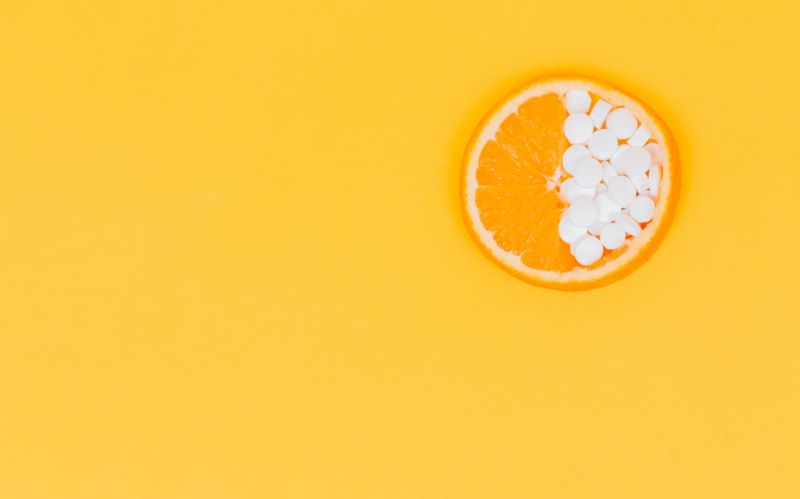
When Whole Foods Aren't Enough: Fortified Foods with Vitamin D
Not everyone can get their hands on fresh fish or might not be fans of liver. That's where fortified foods step in. Many manufacturers add Vitamin D to their products to ensure the public gets enough of this essential nutrient. Look for fortified dairy products, cereals, and even some plant-based milk.
Vitamin D Foods at a Glance
Food | Approximate Vitamin D Content |
Salmon | 570 IU per 3 oz |
Mackerel | 400 IU per 3 oz |
Sardines | 170 IU per 3 oz |
Egg Yolk | 40 IU per yolk |
Fortified Cereal | 50-200 IU per serving (varies) |
Beef Liver | 50 IU per 3 oz |
Fortified OJ | 100 IU per cup |
*IU = International Units, and the daily recommended intake can vary based on age, gender, and specific health needs.
Frequently Asked Questions (FAQs) about Vitamin D Foods
What is Vitamin D good for?
Vitamin D is super important! It keeps our bones and teeth strong, boosts our mood, and helps our immune system fight off sickness.
Can I get Vitamin D from the sun?
Yes, you can! The sun is a great source of Vitamin D. When your skin is exposed to sunlight, it produces Vitamin D. But remember, it's still essential to eat foods rich in Vitamin D, especially if you don't get a lot of sun.
Which fish is the best source of Vitamin D?
Fatty fish are the champs! Salmon, mackerel, sardines, and tuna are all packed with Vitamin D.
I'm a vegetarian. Can I still get Vitamin D from my food?
Definitely! While fish and meat are great sources, mushrooms and fortified foods like cereals and some plant-based milk can also give you a Vitamin D boost.
How many eggs should I eat to get my daily dose of Vitamin D?
One egg yolk has about 40 IU of Vitamin D. But remember, our Vitamin D needs vary, so it's best to eat a mix of Vitamin D-rich foods and not just rely on eggs.
I'm not a fan of liver. Are there other options?
Of course! While liver is a good source, you can also get Vitamin D from fish, eggs, mushrooms, cheese, and fortified foods.
Can I get too much Vitamin D from food?
It's rare, but yes. While it's hard to get too much Vitamin D just from food, always be cautious and balanced in your diet.
What does "fortified" mean?
When a food is "fortified," it means that extra vitamins or minerals, like Vitamin D, have been added to it. Some cereals, milk, and juices are fortified to help people get more of certain nutrients.
Is taking a Vitamin D supplement the same as getting it from food?
Supplements can help, especially if you're deficient. But getting nutrients from whole foods is often better because you're also getting other beneficial vitamins and minerals.
How do I know if I'm getting enough Vitamin D?
If you're concerned, it's best to talk to a doctor. They can do a simple blood test and give advice on your diet or supplements.
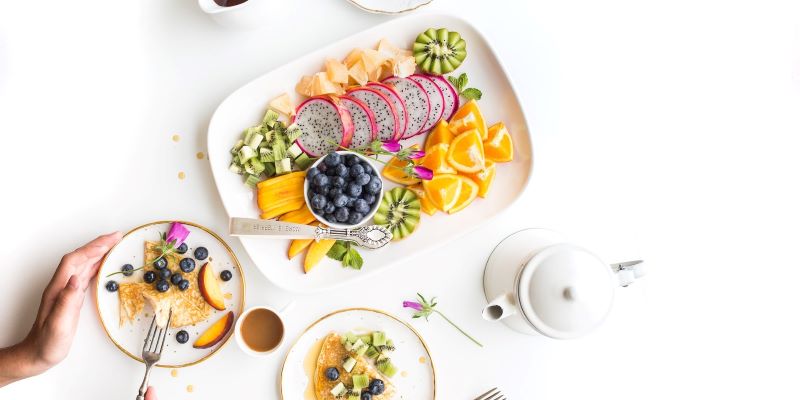
Conclusion
Ensuring a Vitamin D-rich diet is essential for our overall health and well-being. Whether you're a fan of seafood, love your morning eggs, or rely on fortified foods to meet your nutritional needs, there are plenty of tasty ways to get your dose of the "sunshine vitamin" without always relying on the sun. So next time you're at the market, give a nod to these foods with vitamin d and ensure your diet is as sunny as ever!

